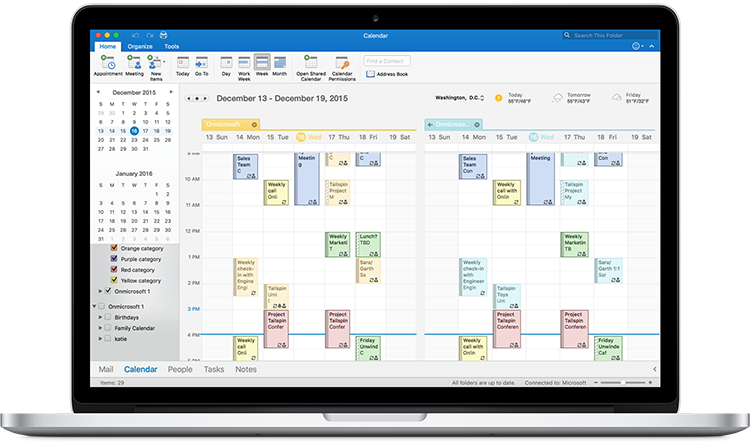We’ve all seen a classic Mac desktop: The outer-space or mountain-like background filled with medium-sized blue folders. It doesn’t look bad at all, but I’m sure more than one of you wish you could customize at least a few aspects of that appearance.
Well, there are actually quite a few ways to do this. This time, we will show you a couple of simple and fast tips that you can implement in just a few minutes that will completely change your desktop’s look using your Mac’s own built-in options.
Jun 22, 2020 Cupertino, California — In a historic day for the Mac, Apple today announced it will transition the Mac to its world-class custom silicon to deliver industry-leading performance and powerful new technologies. Developers can now get started updating their apps to take advantage of the advanced capabilities of Apple silicon in the Mac. Assign an app to always open in a specific space. To do this, right-click an app in the Dock. Choose Options This Desktop to have the app always open in the current space. Dec 23, 2019 You can easily arrange Stickies notes on your screen any way you like. Just click and drag a note where you want it. You can also use some handy actions in the menu bar to arrange them. Click Window from the menu bar and then put your cursor over Arrange By. In the pop-out menu you can pick from Color, Content, Date, or Location on Screen.
Let’s get going:
Arrange and Adjust How Your Desktop Items are Displayed
The Show View Options is a tool that allows you to easily customize your Mac’s desktop appearance to a great degree. To open it, right click on any empty part of your desktop and select Show View Options.
This will open a settings panel where you will be able to adjust a series of elements of your desktop’s look and feel. Here’s what you can do with them:
Icon Size and Grid Spacing: The first slider, the one for Icon Size is pretty self-explanatory. Sliding it left or right will either decrease or increase the size of your desktop icons respectively. The other slider (Grid Spacing) might be a bit harder to explain unless you actually use it though: It allows you to adjust the space between the icons on your desktop.
Using both of these sliders you can have, say, a desktop with big icons, each quite apart from the other or a desktop with small icons all very close together.
Text Size and Location: The next section of the Show View Options panel allows you to select the size of the text of your Mac’s desktop icons, as well as to choose if it will be located to the right or to the bottom of each icon or folder.
My suggestion: If you plan to display more than just the name of the icon or folder (more on that on our next point), place the text to the right, since it gives the text more room and things look better organized that way. Otherwise just leave text at the bottom.
Additional Item Information: The last section on the Show View Options panel lets you choose if you would like to see more item information about your folders or other elements lying around. Examples of this can be your hard drive’s available storage, the number of items in a folder and more.

Additionally, you can choose if elements like image icons show as mini-previews of files or as generic icons.
Last but not least, you can also use the Sort by: option to choose how items on your desktop are sorted.
Microsoft Remote Desktop App Mac
Change How Icons and Folders Look Like
Are you tired of the old, blue color that all your Mac’s folders sport by default? You are not the only one. Thankfully, changing not only the color, but the entire icons of folders and drives lying around on your desktop is a snap.
To do it, first find and download a folder icon set that you like. Here’s a website were you can find some great ones for free for example. Once downloaded, open the image you want to use in Preview, choose Select All from the Edit menu and then click on Copy on that same Edit menu.
Now, right-click on the folder which icon you want to change and select Get Info from the available options. Click on the folder icon at the top left of the Info panel and then choose Paste from the Edit menu. Your folder now has completely new look!
That’s it for now. Use these two tips, couple them with a new desktop image and see how your entire Mac desktop acquires a new, fresh personality. Enjoy!

The above article may contain affiliate links which help support Guiding Tech. However, it does not affect our editorial integrity. The content remains unbiased and authentic.Also See#desktop #Lists
Did You Know
Microsoft Windows 1.0 was first released in November 1985.
More in Mac
Top 5 iCloud Drive Alternatives for iPhone and Mac
Developers can start building apps today and first system ships by year’s end, beginning a two-year transition
Family of Mac SoCs to Deliver Powerful New Features and Best-in-Class Performance
macOS Big Sur Enables Transition to Apple Silicon

Quick Start Program Lets Developers Get Started Today
Desktop Arrangement Software
Images of Developer Software
Press Contacts
Jennie Orphanopoulos
Apple
Mac Desktop Arrangement Of Apps Online
(408) 221-6621
Mac Desktop Arrangement Of Apps Download
Apple Media Helpline
(408) 974-2042